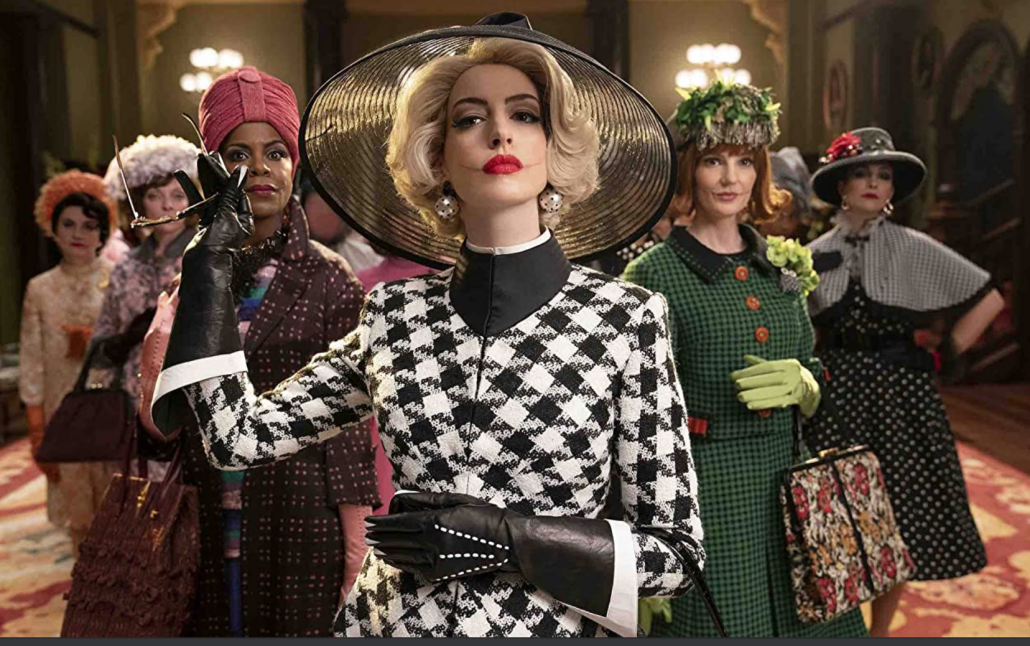Robert Zemeckis transforms a classic Roald Dahl book in his new film “The Witches”

Students, faculty and alumni tuned into a live Q&A with Oscar-winning director Robert Zemeckis Wednesday as he discussed his most recent film “The Witches” and its peculiar coronavirus-era release.
Zemeckis, a School of Cinematic Arts alumnus, adapted the film from the classic children’s novel of the same name written by Roald Dahl. Though the film faced both critical reception and backlash from the disabled community for its vilified portrayal of limb differences, it has made $4.9 million in the international box office and was recently released on HBO Max.
There are many challenges to reimagining a story as well known as “The Witches,” the greatest of which, Zemeckis said, was deciding what the witches would look like. He took issue with the use of physical masks to depict the witches’ transformation in the original 1990 film adaptation and sought to take a more technological approach.
“I thought, look, if they’re witches we can transform them using what we will call digital prosthetics and make it look more interesting and use all our modern tools,” Zemeckis said. “Here’s the irony — and this is what I didn’t like about the [original adaptation] — is when the witches take off a mask, the actress puts on a mask and I was thinking OK, we’ve gotta find a better way to do that.”
Aside from the wardrobe, makeup and special effects, casting was also critical to making the fictional witches come to life.
“It’s brought to life by having a great cast,” Zemeckis said. “The expression I always say to my casting director is I need actors who are working behind their eyes. There’s a lot of actors who perform a line and then you can kind of see them getting ready to do the next line. You just have to feel it.”
He also explains how he uses his hands-off directorial approach to elicit the best performances by stating that he wants the next take to be funnier or sadder and lets the actor run with it.
“I don’t want to hear where you go to get that, that’s your job,” Zemeckis said. “I don’t want to be in therapy with you.”
Like many other films, the planned theatrical release for “The Witches” couldn’t happen because of the pandemic. Instead, the film was released on streaming services earlier than originally planned.
Zemeckis was not heavily involved in the distribution decisions. He said that although he did not know the reasoning behind releasing the film on HBO Max, someone else must have made that choice for a reason.
Lorenzo Mendoza, a graduate student studying film production, asked Zemeckis how he stays true to his vision in the face of constant feedback. As expected, the acclaimed director gave sage advice.
“Here’s the only thing that I am able to do to keep my sanity, and that is never take the note at face value,” he said. “Because they’re not the filmmaker. You’re seeing the whole film and they’re reading a scene from the script.”
He explained that he digs deeper into each piece of feedback to extract what is helpful while still taking others’ opinions with a grain of salt.
“What I do is I say ‘OK, what are they really trying to say?’” he said. “What’s the note under the note?”
Mendoza found comfort in these words, as he can relate to the ceaseless feedback a filmmaker endures.
“There is so much feedback and so much information coming in for all these different places. Your editor is giving you feedback, your five instructors are giving you feedback,” Mendoza said. “So I was thinking in a larger scale project when you have Robert Zemeckis working on something like ‘[The] Witches,’ I can’t even imagine how many people would be giving you feedback at that level.”

